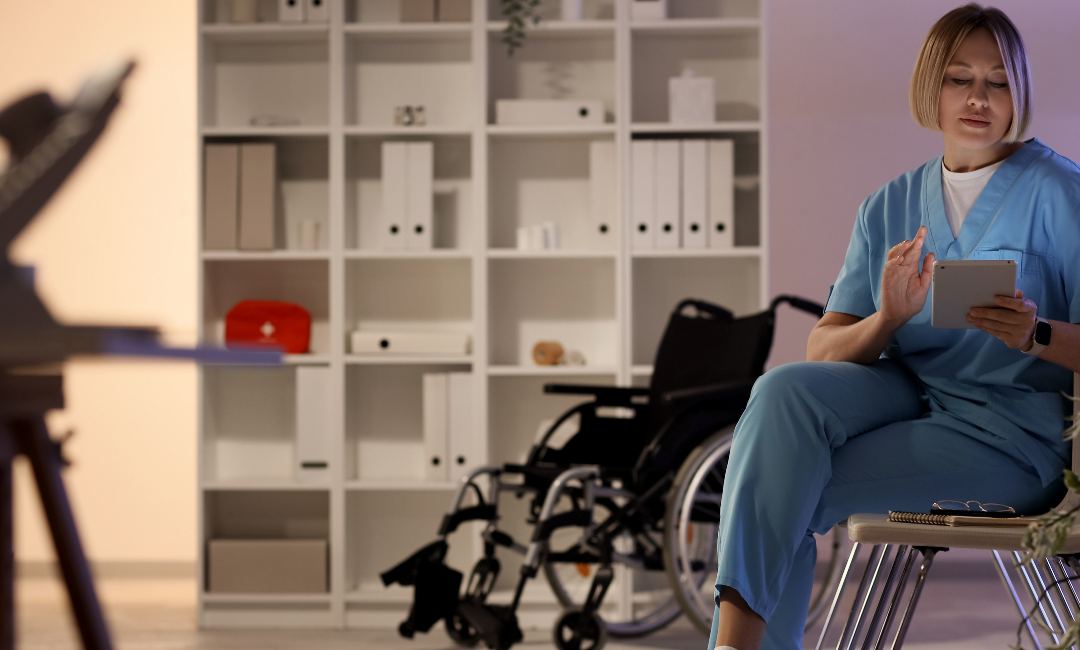How Changes Could Make a Difference
Safe Patient Ratios
Nurses have been trying to pass laws for safe patient ratios, and even though this seems like a no-brainer, hospitals have been fighting it because it will cost them more money. But if Congress were to pass a statute allowing direct payment for nursing care, hospitals would follow along happily because they know it would lead to better patient outcomes.
Safe ratios would also include accounting for the patient acuity level and how many patients would be under the care of one nurse. When a telemetry nurse has one patient that is crashing, and she needs to take care of four others, it can turn into a dangerous situation. Taking acuity level into consideration is critical in achieving positive patient outcomes.
Retention Rates
There is a good chance passing this statute would help with nurse retention by allowing new nurses to receive proper orientation and experience with nurse residency programs. New nurses, right out of nursing school, are going into an ICU and getting three months of orientation, and then they are cut loose on their own with a “good luck, you’re going to do great!”
The Robert Woods Foundation estimates it takes $22,000 to over $64,000 to onboard a nurse in the hospital. At this rate, you would think retention would be the prime focus, but instead, they rush nurses through because each week they are on orientation is another week they are paying two nurses to care for each patient in that assignment.
New nurses often train with multiple preceptors. They will sometimes have another rookie nurse with only a year of training as a preceptor because it didn’t work out with staffing that day to have a veteran nurse for orientation.
Other times when staffing is at a critical high, the preceptor will have seven patients, give three to the orientee independently, and provide oversight while they care for the other four. The lack of proper orientation and education is why many nurses leave the beside after a year or two.
Nurse Residency Programs
Medicare changes could lead to a standard of nurse residency programs across the country.
For example, Medicare reimburses physicians for residency programs for medical students just coming out of school. A resident physician trains with a fellow resident with more experience, and they are both overseen by a doctor with decades of experience.
Imagine providing nurses with this type of training and how it could change the profession and overall patient outcomes.









